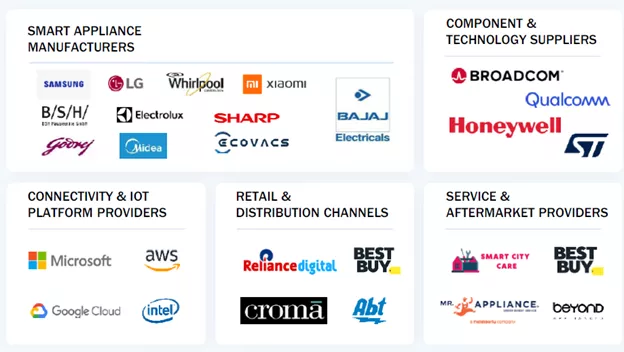The GaN semiconductor device market is estimated to be worth USD 21.1 billion in 2023 and is projected to reach USD 28.3 billion by 2028, at a CAGR of 6.1% during the forecast period.
Increasing adoption of GaN semiconductor devices in consumer and business enterprises, surging deploymnet of GaN semiconductor devices in energy & power industry, and growing integration of GaN semiconductor devices in automotive industry are some of the major factors driving the market growth globally.
The increasing demand for consumer electronics such as laptops, smartphones, power adapters, high-speed chargers, LED lighting, smart home devices, and gaming devices is expected to have a major impact on the growth of this market.
Download PDF Brochure:
https://www.marketsandmarkets.com/pdfdownloadNew.asp?id=698
Opportunity: Growing integration of GaN semiconductor devices in automotive industry
The automotive industry is experiencing a rise in demand for GaN semiconductor devices, which are used to improve the performance efficiency of electrification, connectivity, and autonomous driving. The limitations of power conversion in silicon semiconductor devices have led to an increased demand for GaN, which provides improved efficiency, speed, and smaller size to automotive electronics. GaN semiconductor devices can be used in several automotive applications such as hybrid and electric power DC-DC converters, Lidar and driver assist (ADAS) and autonomous navigation systems, motor drives, infotainment systems, and in Class D Audio systems. Therefore, the automotive industry is likely to see an increase in the deployment of GaN semiconductor
Challenge: Manufacturing complexities associated with GaN semiconductor devices
GaN semiconductor devices involve several manufacturing complexities due to their unique properties and material characteristics. The epitaxial growth of GaN layers on substrates is an important step in GaN device manufacturing. These layers must be grown with crystalline quality and low defect density to achieve the desired optimal device performance. Likewise, while going through all the manufacturing processes, equipment, and materials, factors like thermal coefficients, polarization effects, bandgap and chemical stability, dopants in the crystal lattice, a stable gate insulator layer, crystal defect management, and thermal stability play an important role. These challenges can be resolved by launching reliable testing methods.

No comments:
Post a Comment